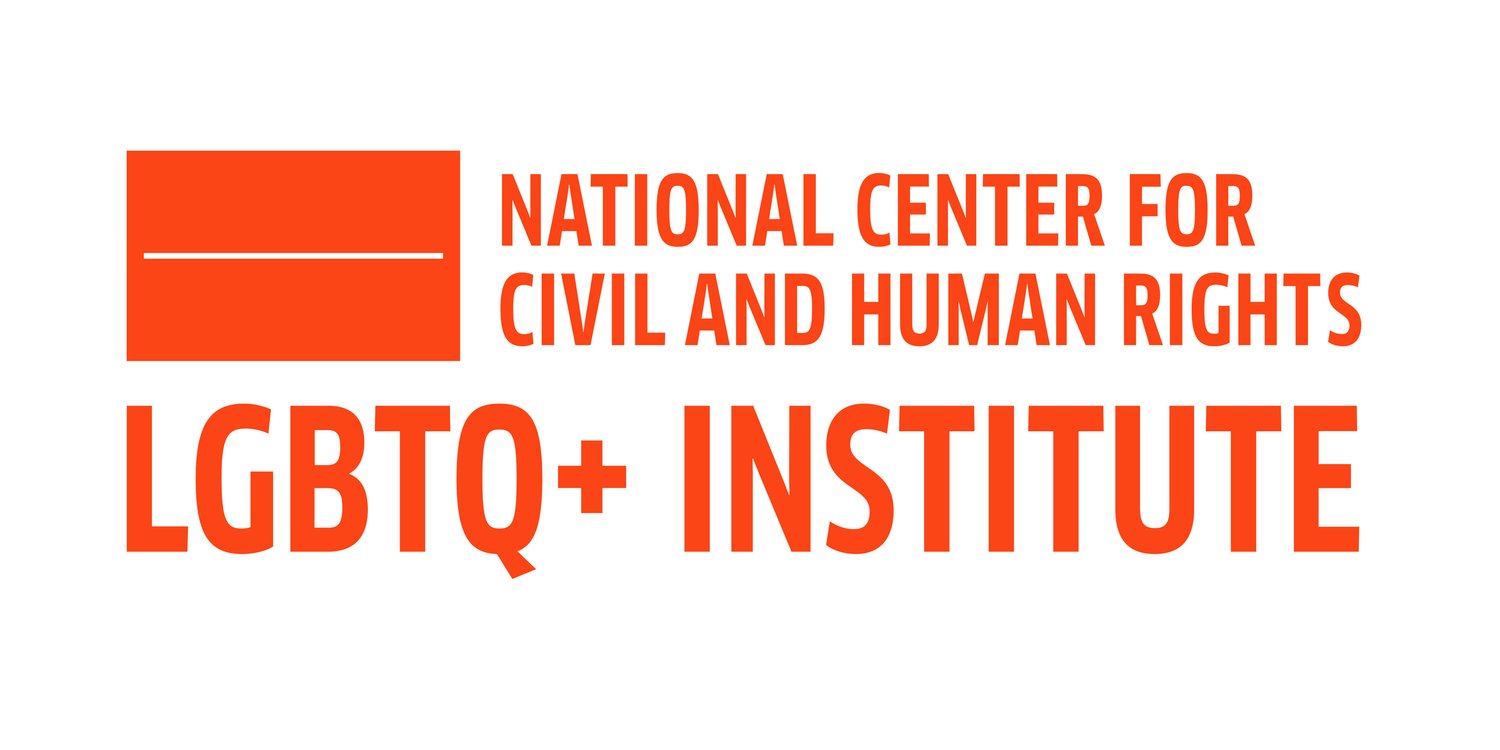By: Samantha Allen for The Daily Beast
Despite skewing Democrat, LGBT people are flocking to red states. It’s a sign that cities in the center of the country are becoming more accepting, but it’s also an indication that traditional LGBT safe havens are prohibitively expensive.
ConsumerAffairs.com analyzed U.S. Census data and Gallup polling information to model the movement of the LGBT community from 1990 to 2014. The overall trend is striking. In 1990, the LGBT population was concentrated in coastal metropolitan areas and other safe havens—cities like San Francisco, New York, Seattle, and Atlanta. By 2014, LGBT hot spots cropped up in some seemingly unlikely places: Salt Lake City, Louisville, Norfolk, Indianapolis, and other red state cities.
The ConsumerAffairs analysis ranks each city based on the percentage of its residents who identified as LGBT in each year. In 1990, for example, only 1 percent of the Salt Lake population identified as LGBT, giving the city a ranking of 39. By 2014, nearly 5 percent of Salt Lake City’s population was LGBT and the city was ranked 7th overall.
Several of the cities that rose in the rankings were in traditionally red states. Meanwhile, many LGBT safe havens like Minneapolis, San Diego, and New York fell in the rankings. San Francisco remains the undisputed LGBT capital of the country but even there, the LGBT population fell by a few tenths of a percent over the last decade and a half.
“What you’re really seeing is reflective of other national trends,” said ConsumerAffairs content manager Ryan Daly. “Specifically, it lines up with people—especially young people—choosing less to live in huge, expensive cities, which were traditionally friendlier toward LGBTQ individuals, and choosing instead to make lives for themselves in small and mid-tier cities in the middle and southern states.”
Longtime LGBT bastions like Seattle, Los Angeles, New York, Boston, and D.C. did technically see increases in the percent of the population that identified as LGBT. But that’s to be expected, given growing cultural acceptance and given the fact that younger people are far more likely to be out of the closet—one recent study found that 7 percent of U.S. adults aged 18 to 35 were lesbian, gay, bisexual, or transgender.
But those cities and other metropolitan areas in blue states fell in the overall ConsumerAffairs ranking despite these increases, which suggests that many LGBT people are choosing to live in affordable cities instead. In other words, you’ll still find plenty of gay people in New York but more young gay people are making the trek to Utah instead. And that makes sense: New York City scores a full 100 on the Consumer Price Index and Salt Lake City lands below 70.
“The drivers for this movement are economic,” said Daly. “Smaller cities have shorter commutes, cheaper rent, and less competition for good-paying jobs. And a lot of smaller cities are investing in the kind of infrastructure (public transportation and amenities, walkability and density near city centers) that young people value.”
But these economic motivators are compounded by a slow wave of social and legal change. In 2009, Salt Lake became the first Utah city to pass LGBT housing and employment protections. Louisville, which now ranks 11th in the ConsumerAffairs analysis, passed a similar law in 1999. The mayor of Indianapolis, which climbed five spots in the ConsumerAffairs rankings, signed an ordinance providing benefits for domestic partners of city employees in 2012.
There have also been federal actions over the last 15 years that may have made LGBT people feel safer venturing into states that lack more local protections. In 1998, Bill Clinton signed a limited executive order prohibiting discrimination against gay and lesbian employees in the federal workforce. In 2014, President Obama bolstered that protection, adding gender identity and prohibiting hiring discrimination as well.
That same year, federal and Supreme Court actions effectively legalized same-sex marriage in a huge swath of red states: Arizona, Colorado, Kansas, Indiana, Montana, North Carolina, South Carolina, Oklahoma, Utah, Virginia, West Virginia, Wisconsin, and Wyoming. Now, of course, it is legal nationwide.
“With national laws starting to reflect the growing societal acceptance and awareness, state laws are starting to matter less when it comes to where LGBTQ individuals choose to live,” said Daly.
Many of these smaller cities in red states are still far from perfect places for LGBT people to live. Twenty-eight states lack any LGBT employment discrimination protections. And there are currently several state-level challenges to LGBT rights, especially transgender rights. For example, the North Carolina state government is attempting to overturn an LGBT non-discrimination ordinance passed last month in Charlotte, which rose from a ranking of 42 to 33 in the ConsumerAffairs analysis.
But between their pocketbooks and the law books, LGBT people have plenty of reasons to move away from the coasts. Sorry, San Francisco.
